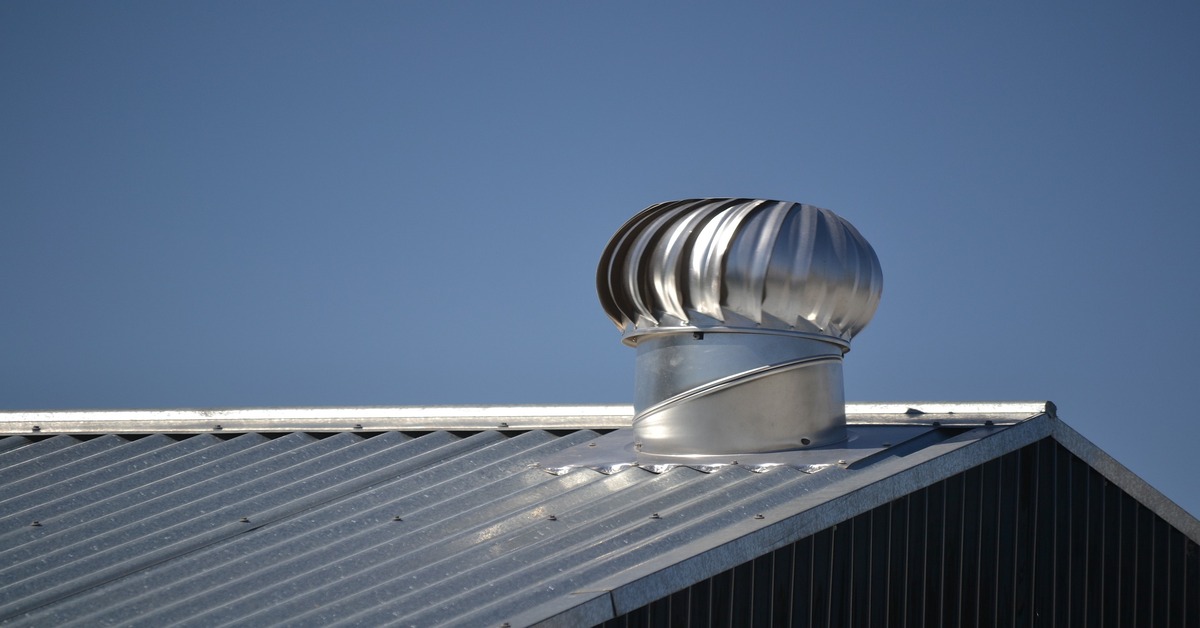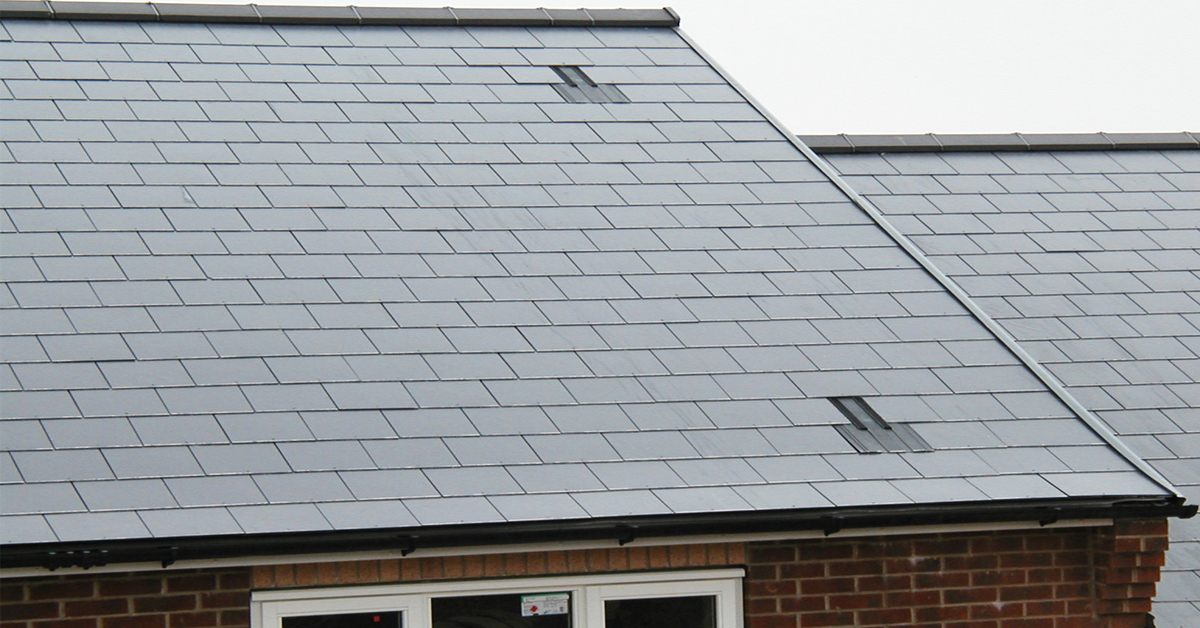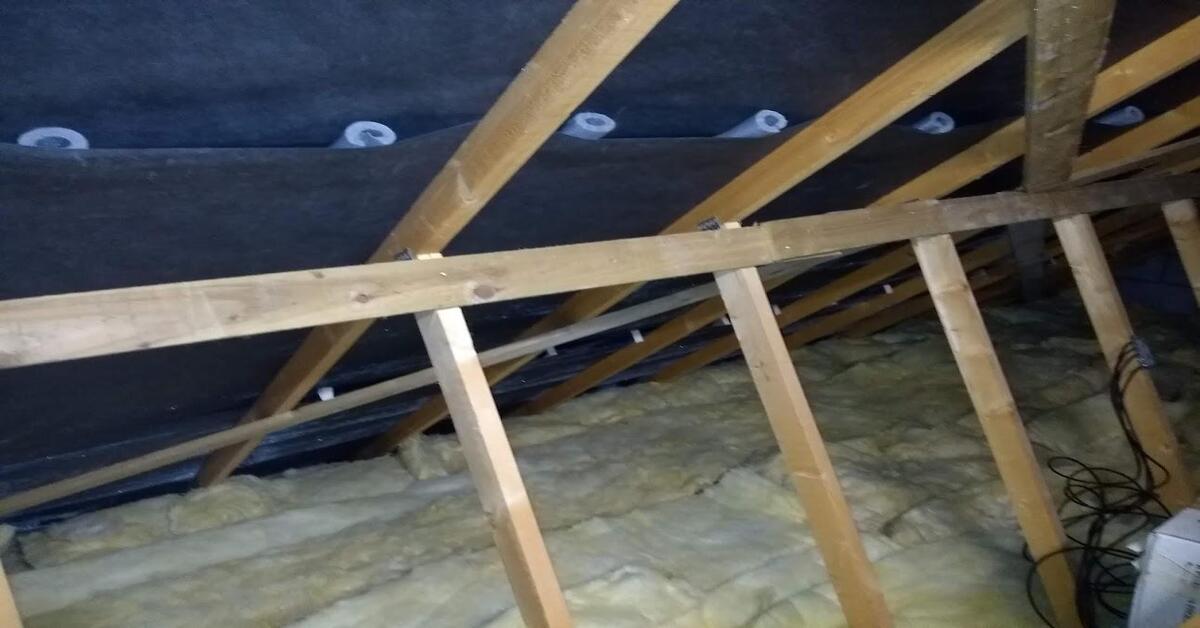

If you want to improve roof ventilation in your home, then roof tile vents are certainly an option. But what are roof tile vents? What options are available? And what offers the best performance for homeowners?
Read our guide to roof tile vents for everything you need to know about how they affect the ventilation of your roof space.
What is the purpose of roof ventilation?
You need at least some roof ventilation to regulate the temperature in your roof cavity. The proper roof ventilation will help you create airflow in the roof spaces to ensure that the roof cavities do not get too hot or too cold. In Australia, particularly, too much stagnant warm air in the roof space can cause significant issues to your building structure.
Why is roof ventilation important?
You may wonder why hot or cold air inside the roof space is an issue.
Hot air rises through the ceilings and into the loft in cold weather. This warm air condenses (particularly inside the roof) when it comes to contact with any cold surfaces.
Condensation can harm the structure of the roof and result in the formation of black mould and rot. Additionally, it may reduce the effectiveness of your loft’s insulation.
A warm roof space is also an issue during the hot weather in Australia.

Through a process known as solar gain, the sun continuously increases the loft’s temperature. This high temperature could damage the felt under the sarking or the felt shingles, as well as cause the bitumen under the sarking to smell (if you have them). In this scenario, preventing the buildup of hot air is key to protecting the roof structure.
The long and short of it is that enabling fresh air to circulate through proper roof ventilation helps to protect your home from moisture buildup. In addition, roof ventilation allows you to save on energy costs by improving your home’s natural energy conservation.
What are roof vents, and how do they help with roof ventilation?
Roof tile vents help to improve the airflow of your home. Your home’s roof area is at the structure’s highest point, making it the natural place for hot air to condense. This prevents the heat from leaving your house, making it unpleasant and uncomfortable.
Vents in the roof tiles help to expel this warm air. Essentially, they are nothing more than gaps in the roof tiles to allow for enough ventilation. More air can escape from your roof area thanks to the creation of these vent spaces. Cool air from the outdoors circulates inside your home through your tile vent, meaning you shouldn’t have to use the air conditioning so much, making roof tile vents a low-cost method that makes use of natural ventilation.
Why do tile roofs need ventilation?
Roof tiles are the perfect roof materials to protect your home from the weather and provide excellent insulation – they are durable, prevent leaks in the rain, and give an aesthetic appeal to your home. However, roofing materials could be better at allowing air to escape. Because roof tiles are such great insulators, we need to supplement the roofing system with vents to enable air circulation.
Different options for roof tile vents
You can install various roof vent styles on your roof, from whirly birds to ridge vents. Let’s run through some of your options.
Tile slate vents
Opt for tile slate vents if you have a slate roof. These tile vents can be cut into your roof at any time and are often positioned above the loft insulation. Most homeowners will put two vents on the front and two on the back of their tiled roofs.

The shingles on your tile slate roof must be taken off to install a conventional vent. The undersarking should be trimmed into a cross shape, with each quarter folded backward. The vent should then be fully sealed after being placed according to the manufacturer’s recommendations.
Ridge vents
Your roof’s ridge sits atop a pitched roof – the highest point of the roof pitch. As such, hot air will gather here, making it one of the optimum places to place a vent. Installing a ridge roof vent is more complicated than tile vents, so you should certainly consult a professional for this type of roof ventilation.
Whirlybirds
A whirlybird is a spinning turbine mounted on a rooftop or other elevated location. The turbine is designed to spin in the wind, which in turn powers a series of vents that draw hot air and moisture out of the building. Some people do not like the visual aspect of whirlybirds as they often remind people of the larger whirlybirds found on industrial buildings.

Eaves vents
Eave vents, also known as soffit vents, are placed in the eaves of a building, typically at the underside of the roof overhang. Eave vents are usually installed along the entire length of the eaves and soffits, and they can be opened or closed to control the amount of airflow. They are often combined with other types of vents, such as ridge vents, to create a complete ventilation system that helps to regulate the temperature and moisture levels in the attic.
Additionally, by working in conjunction with other attic vents, such as gable vents, roof vents, and ridge vents, it creates a process called the “stack effect”. The stack effect is a natural airflow due to temperature differences between inside and outside. This stack effect occurs when the hot air in the attic rises and escapes through the vents at the roof’s peak while the cool air is drawn in through the vents at the eaves.
Lap vents
Lap vents, also known as continuous vents, are a type of roof vent designed to provide continuous ventilation along the roof deck. They are typically made from a long strip of perforated or louvred material that is installed under the roofing material along the eaves or rakes of the roof. Additionally, because they are installed under the roofing material, they are not visible from the ground, which can help to preserve the aesthetics of the building.

Lap vents work by allowing air to flow through the perforations or louvres and into the attic space.
The best solution – RapidRidge
Our Rapid Ridge roofing system with ventilation offers the best roofing ventilation option.
At the apex of the roof, the RapidRidge dry-fixed roofing system creates an open ridge. This reduces heat transfer from the roof and ceiling into the living area and establishes a passive natural cooling system that works throughout the entire roof space.
This means you can keep your home cool without spending a fortune on air conditioner machines when coping with the oppressive heat in Australia.
The RapidRidge with Ventilation system from Evobuild doesn’t employ the standard wet cement and mortar technique for ridge caps, enabling an open ridge as opposed to a closed one.
With this approach, you get ridge capping with all the usual benefits as well as the improved ventilation of a dry fixed roofing system.
In other words, you get a roofing system that is simple to install and maintain, shields your house from the elements, and even ends up saving you money over time due to its energy efficiency.
